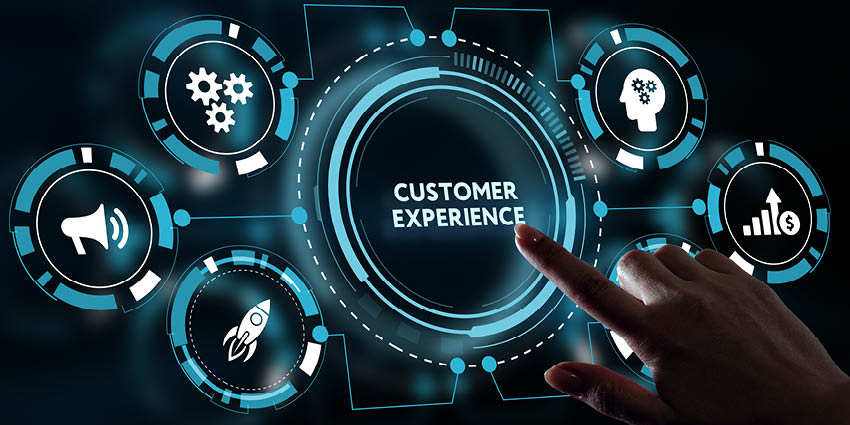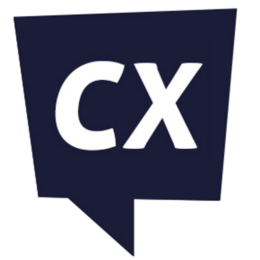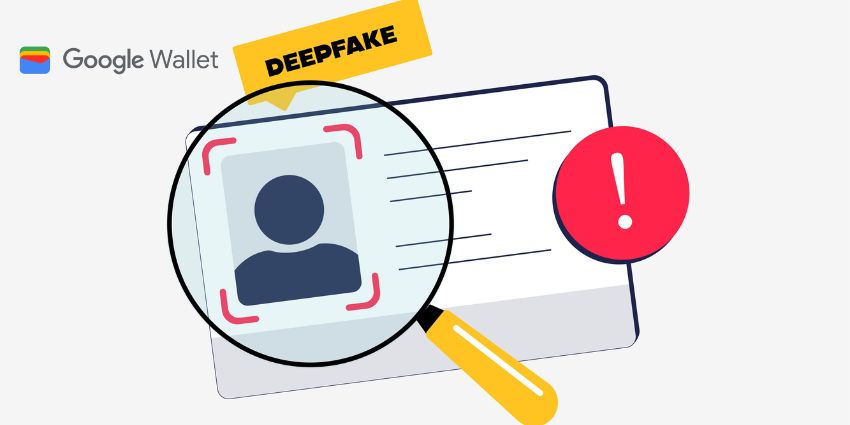Modern companies must always strive to deliver high-quality customer experiences (CX) – however, research suggests that most are falling short.
As per a 2022 report by digital experience platform provider Acquia, 82 percent of marketers believe they meet their customer’s expectations, but only 10 percent of the customers surveyed agreed.
An important reason for this discord is the absence of a structured and consistent strategy or framework to power CX design and make decisions that influence the customer journey.
A customer experience framework provides organizations with a standardized CX design and delivery blueprint.
What Is a Customer Experience Framework? Definition
A customer experience framework is a blueprint that determines the tools, procedures, and techniques employed when engaging customers at different stages of the pre- and post-purchase journey across multiple channels.
A customer experience framework of CX framework is an essential part of a company’s overall CX strategy. There is no one definition of how the framework will take shape.
Every company must assess its organization and unique customer cohort needs before arriving at a blueprint that works for them. That is why companies often employ third-party consultants and analysts to evaluate their landscape and envision a CX framework suited to their current and future requirements.
Key Pillars of a Customer Experience Framework
No matter which framework you choose, or even if you develop your own, it must address the following six pillars:
1. Strategy
The element of strategy in a CX framework defines the vantage point from which a company prioritizes its CX decisions. It could put the customer’s needs; first, it could prioritize business outcomes, pivot around a specific quarterly or annual target, focus on an organizational change like entry into a new region, etc.
2. Stakeholder Buy-in
This pillar determines the degree of involvement from the various stakeholders in the organization, right from grassroots employees to decision-makers and senior leaders. It lays down each stakeholder’s role in executing the CX framework and converting its objectives into reality.
3. Technology
A large part of CX is digital, and organizations must factor this into their CX framework. It is essential to ensure availability to customers through their chosen communication methods, including social media, online chat, and text messaging. Another component that contributes to a positive CX is mobile optimization.
4. Support and Service
Customer service is all about providing quick and practical answers. This ensures that the consumer will continue to do business with you. Additionally, customer service may be enhanced by soliciting feedback. Surveys are an excellent tool to get meaningful insights and feedback from consumers to make process changes. All of this must be part of the company’s CX framework.
5. Customer Values and Behavior
This is an increasingly important element in CX frameworks, as it considers the intrinsic needs of a buyer, user, or client before designing the customer experience. Values refer to the intangible cultural expectations that determine customer decisions; whole behavior is how these values manifest in the real world.
6. CX Stages
By stages, we mean the various mindset shifts and points of decision-making that a customer will traverse before and after a transaction. CX stages often take place across multiple channels, which is why this pillar must intersect with the technology component of a customer experience framework,
How to Create a Customer Experience Framework for Your Organization?
There are six steps a company can follow to arrive at an actionable CX framework, which can then be distributed across customer-facing teams like marketing, sales, customer success, and inbound support.
- Evaluate the landscape – In this stage, the organization establishes its strategic vision and customer experience goals, determines the journeys and personas, and understands the competitive environment and consumer behavior.
- Analyze and derive insights – Next, the organization maps out the customer journey and finds improvement possibilities that will significantly affect the CX. This is based on the knowledge already gathered on demographics, customer input, and current performance.
- Zero in on CX opportunities – Here, the organization identifies measures to address the underlying causes of problems and customer problems across numerous channels and tests the solution MVP. It also develops business cases and metrics to aid in designing new and enhanced customer journeys.
- Build the customer journey map – The organization creates a comprehensive customer journey map, along with an overarching strategy for delivering enhanced CX programs.
- Deploy the people, processes, and technology – The organization then rolls out the finalized solution throughout the appropriate sections of the company, ensuring that the modifications are successfully implemented. Customers’ comments and feedback on the new journey are also gathered.
- Measure success and improve further – Finally, the organization measures the impact of the CX framework in quantifiable terms. This helps identify overlooked opportunities and blind spots, and accordingly, the framework can be finetuned further.
Best Practices to Remember When Creating a Customer Experience Framework in 2023
As per the research we cited, 2023 will be an essential year for CX as expectations continue to rise in a digital era while companies navigate the myriad of complexities within the hybrid world.
The following best practices can help create effective CX frameworks in this environment:
- Do not go by intuition or personal expertise. Use data and quantifiable insights to shape CX strategies and frameworks.
- Invite feedback at every CX touchpoint. This will reveal insights into the accumulated experience and not isolated incidents.
- Avoid lifting and shifting other organizations’ frameworks that prioritize different goals.
- Honestly assess organizational capabilities and improve CX within these constraints. For example, not every company will need or can manage a 24/7 social media presence.
- Aim for greater discoverability. Organizations often focus on the later stages of CX, even when there is friction in brand discovery and research – bringing down total leads and profitability.
Finally, organizations should ensure that the framework is sufficiently agile, with room for change in the face of new challenges and opportunities.







